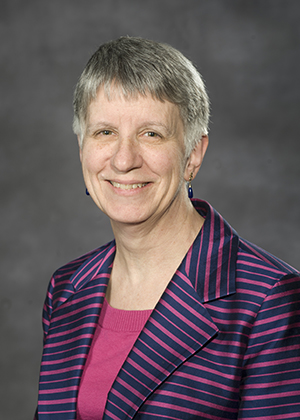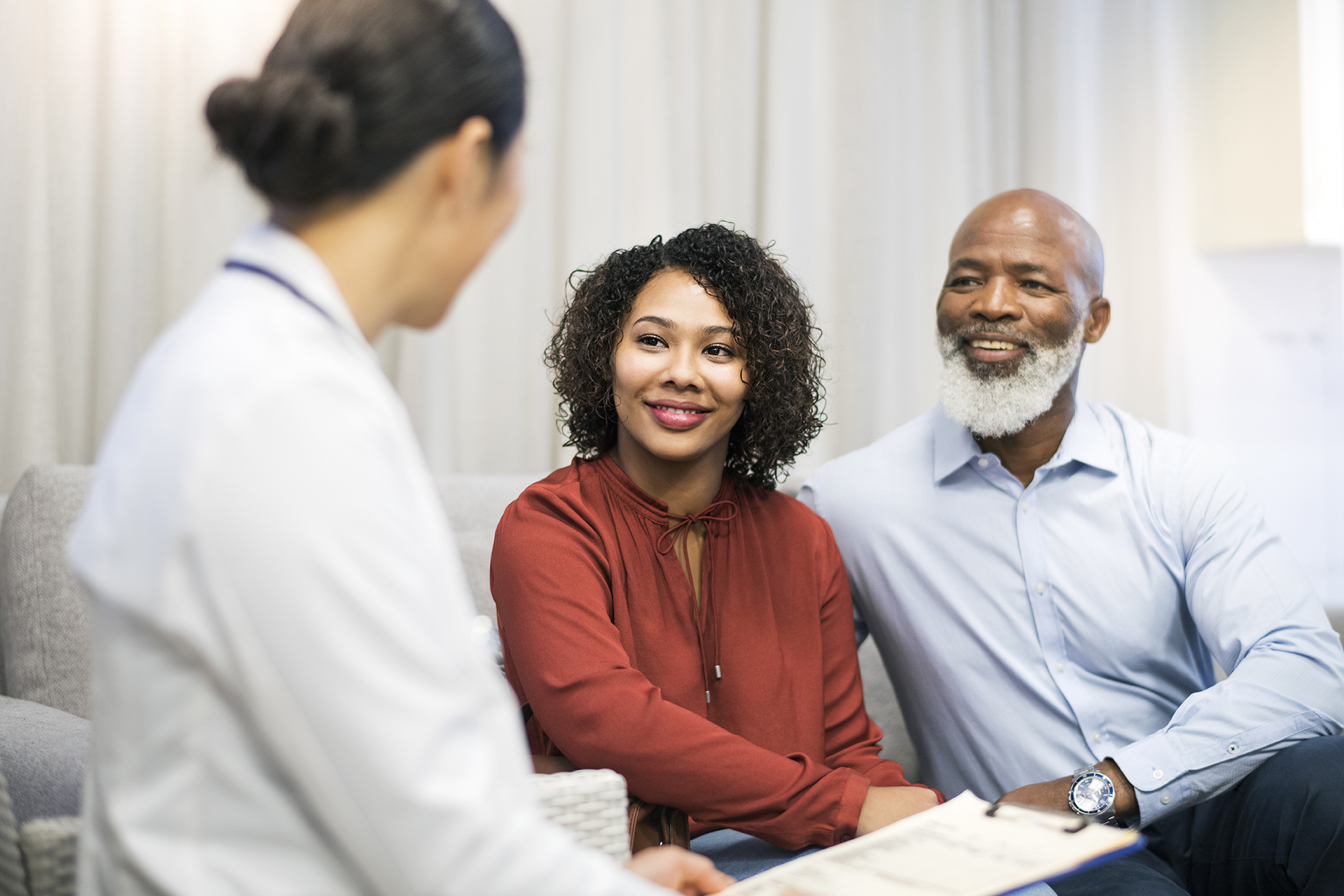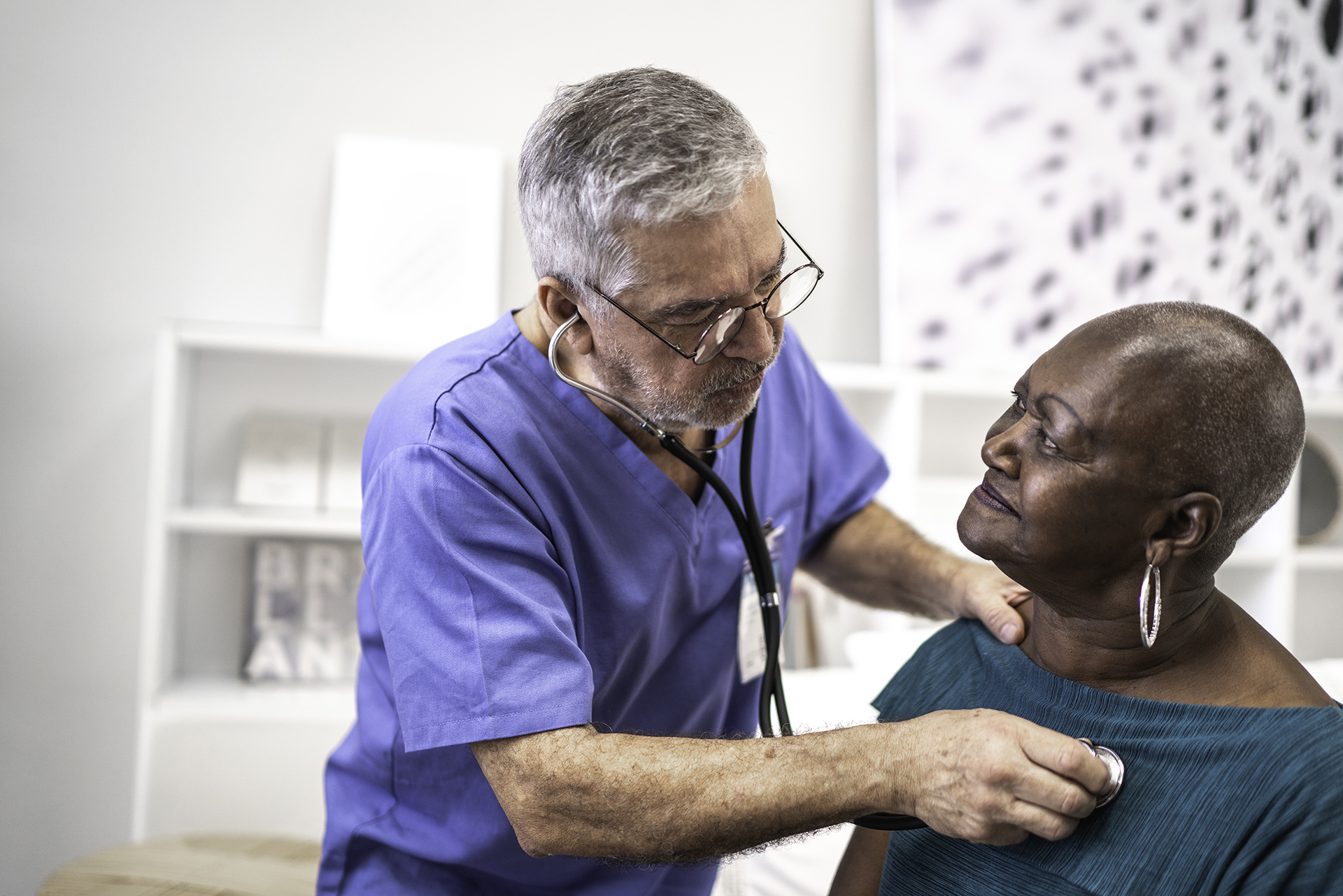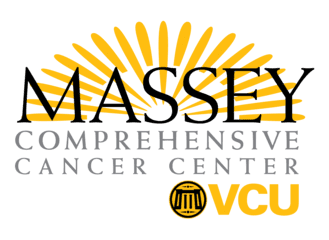Latest News
Research & Innovation
Integrative Health team member highlight: Mary Shall, Ph.D.
Jan 30, 2017

Mary Shall, Ph.D., is chair of the Department of Physical Therapy at the VCU School of Allied Health Professions. She has served on VCU Massey Cancer Center’s Integrative Health Committee for years and has taught several yoga workshops for cancer patients and survivors. In this month’s Team Member Highlight, Shall discusses her role as department chair, how she got into yoga and her experience as an ovarian cancer survivor.
What is your role as chair of the Department of Physical Therapy?
I wear a lot of hats in my role. I have the obvious administrative responsibilities that come with being chair, but I also teach, conduct research and I am involved in projects that serve the community as well as continuing professional education. The Physical Therapy program at the VCU School of Allied Health Professions is one of about 250 in the nation, so I often travel to conferences aimed at enhancing the profession and the way physical therapy is taught and practiced.
How long have you been at VCU, and were you always interested in physical therapy?
I’m originally from Kansas, and I got my undergraduate degree in Comparative Literature at Creighton University in Omaha, Nebraska. However, I became interested in physical therapy so I went and got my master’s degree in Physical Therapy at Duke University in 1978. After graduating, I moved out to Oregon and started practicing.
My older siblings and my father were all teachers. I told myself I’d never become a teacher, so I decided to go into health care. But, I had a change of heart and found myself teaching at the University of California in San Francisco. I soon realized I needed a Ph.D. to stay in the teaching profession, so I came to VCU and got my Ph.D. in Anatomy. I met my eventual husband while I was at VCU, and, fortunately, there was an opening in the Department of Physical Therapy when I graduated. I have been teaching Neuroanatomy ever since. In 2013, the former chair wanted to step down and asked me if I would be interested in the role.
Can you tell us about your teaching role?
I teach Neuroanatomy in the spring semester. In the summer, the students take anatomy—I am only involved on the day that they dissect brains. In anatomy, you can look at all the parts of the extremities and see the blood vessels relative to the nerves and muscles, etc. In neuroanatomy, you know where the brain is, you know it connects to the extremities and tells them how to move, but a lot is not apparent. How does one part of the brain talk to another part in order to tell the motor neurons to fire? Then, how does that sensation travel back and get interpreted by the brain? Understanding this takes some imagination, and there is still a lot that we don’t know.
I’m biased since I teach the course, but I believe neuroanatomy is the biggest part of physical therapy. You have to understand the relationship between the brain and the extremities in order to recover function. A surgeon can make something like a joint work again, but if you can’t stimulate the muscles around the joint properly then the patient will only partially recover. Or, take peripheral neuropathy in patients who have undergone chemotherapy—you need to know how the brain interprets the pain signals from the extremities to help treat it.
What is your research focus?
I am a co-investigator on a grant from the Department of Defense to study ways to improve function in patients who have suffered peripheral nerve injuries. The idea came from my collaborator Jonathan E. Isaacs, M.D., professor and chair of the Division of Hand Surgery in the Department of Orthopedics at VCU School of Medicine. He had seen patients that had been injured in war who had been treated immediately so they wouldn’t loose the extremity but had their nerves reattached much later. When they finally had the nerve reattached, they frequently lost about 50 percent of their original muscle. We’re trying to figure out ways to improve that function, either through drugs like steroids or exercise, so those patients can return to more normal function. I have always been a lab researcher, so I’m able to determine what kind of motor units are present, what type of muscle fiber is in the tissue, etc. This helps to determine how the muscle recovers. Right now, our research involves rats and, hopefully, will eventually translate to benefit patients.
In the past I have examined the vestibular system, which helps with balance. We started with animal models to see what happened when the vestibular system was removed at birth. Since the animals didn’t realize they were out of balance until they received feedback from other senses, like sight, they corrected their actions later and more abruptly, which led to the development of faster muscle fibers. We then looked at deaf children to see if they had lost their vestibular system. We found that some did, but not all, and that early intervention helps. If you can stimulate the muscles early, then motor development occurs in a timelier manner.
How did you get into yoga?
In the 1990s, I had a lot of stress in my life from teaching, researching and a host of other things. I developed back pain and started doing yoga at the YMCA. I found that yoga helped stretch out my back and helped me strengthen my body and gain balance. Eventually, I no longer needed to get massages to help with the back pain.
In 2008, my husband passed away and I needed something to help me focus—yoga helped a lot. It gave me a place to go and relax, and I was with friends who became my support system. Then, a year later I was diagnosed with ovarian cancer. In that case, it helped me stretch out some of the tissue that had tightened from surgery and other treatments. The reason I like yoga is you’re in control. When you go and get treatment for cancer, you’re giving yourself up to the doctors and expecting them take out the bad stuff. With yoga, you’re in control of your exercise, breathing, how much you’re going to move, how much you’re going to stretch, etc. Yoga continues to help me maintain balance in my life.
Do you mind sharing your cancer experience?
Of course. I am part of the Survivors Teaching Students program in the Department of Gynecologic Oncology, so I try to use my experience to benefit others.
In the year after my husband died, 2009, everything seemed normal except I wasn’t sleeping well. I figured it was depression and part of the grieving process. I also wasn’t eating well and would feel full quickly. I attributed that to menopause, along with having to frequently urinate. That winter we also had a lot of ice and snow, and I was doing a lot of shoveling since I lived by myself. I started to have back pain, but I thought it was because of all the manual labor. All of these symptoms fit with ovarian cancer, but they were also easily attributed to other things.
Then, I started bleeding more heavily. I went to see the gynecologist, expecting her to tell me it was part of menopause. But, she wanted to do a biopsy to be sure. Later that day I received a call saying the preliminary lab work suspected cancer and I needed to see a gynecologic oncologist. A friend of mine was an ovarian cancer survivor and recommended that I see Weldon Chafe, M.D., chair of the Department of Gynecologic Oncology at Massey. Dr. Chafe recommended a hysterectomy and oophorectomy. He asked if I had a support network since I was coming to my appointments alone; I told him I did have friends who could help. We decided to hold off on surgery for another two weeks so I could finish the semester.
After the surgery, I stayed in the hospital for three days to make sure I could get around okay since I was going home alone. My dog and cat weren’t very good nurses, although my dog was a good therapist and made sure I got up for her walks. My friends also came over and helped with all of the physical chores I couldn’t do and prepared meals.
I received chemotherapy following the surgery, and I continued to work while in treatment. Everyone was very supportive, and I could deliver my lectures fine. I would typically receive chemo after my class and then head home. I couldn’t sleep well the night after chemo, so I would work until about 3 p.m. the following day and then go home to sleep.
After about 9 months of treatment I decided I needed a vacation. At a previous conference, I met a neuroscientist from Australia who was also doing research on the vestibular system. I wrote to him and asked if he could suggest a place to stay, and he offered to host me at his house. Everyone was so nice on that trip, even though I was alone when I went to visit different sites. People could tell from the stubble on my head that I had been treated for cancer, and they always pulled me into their group. My hair was absolutely white when it came back, but eventually it went back to its natural color.
I continued to do yoga throughout my treatment and recovery—I think it’s important to continue to exercise. I even started serving as an advisor for a yoga program for first year medical students. I’m not big into support groups, but yoga fulfilled that need—it’s not good to hold everything in and isolate yourself from the community.
Is there anything else you’d like to add that people might not know about you?
One thing people may not know about me is that I make things like bowls and other small pieces on a wood lathe. I got into the hobby after I remarried and my husband suggested I try it with him. I use all local wood that has fallen. It’s kind of like yoga because you have to focus your mind on the wood. It’s fun because you don’t know what you’re going to get—the wood gives itself to you. It’s sort of the same way with students. Some are naturals and others struggle to transition from books to practice—it’s our job to help mold them.
Written by: Massey Communications Office
Related News
Research & Innovation
Vesalius cell-mapping tool provides insightful multi-layered view of cancer behaviorAug 25, 2025
Research & Innovation
A portable water tank could make radiation therapy more efficient and accessibleAug 14, 2025
Research & Innovation
Commitment to cancer survivors paves the way for a healthier futureAug 13, 2025

Get access to new, innovative care
Treatments in clinical trials may be more effective or have fewer side effects than the treatments that are currently available. With more than 200 studies for multiple types of cancers and cancer prevention, Massey supports a wide array of clinical trials.

Find a provider
Massey supports hundreds of top cancer specialists serving the needs of our patients. Massey’s medical team provides a wealth of expertise in cancer diagnosis, treatment, prevention and symptom management.
